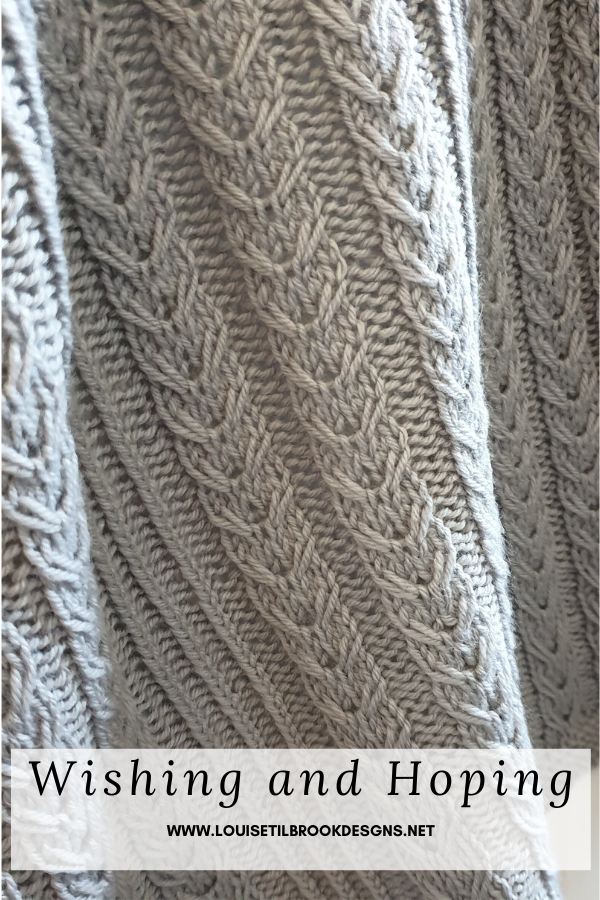Sometimes we all need one of those projects - one which is soothing without being too plain. A bit of detail without needing too much concentration.
Say hello to your Inner Zen - a sideways shawl designed to restore your peace and harmony.
Knit during the Covid-19 outbreak and the resulting turbulence I needed something calming to knit that wasn’t just acres of garter stitch.
This side to side shawl proved to be unexpectedly therapeutic. Starting from just a few stitches it is worked in sections - weigh your yarn first - with an increase section, a long straight section and then a final short decrease section.
The end result is a reversible, elongated crescent-ish shawl. Easy to wear and with negligible leftovers - always a bonus.
If you subscribe to my newsletter please check your inbox for a discount code.
If not, there is an early bird discount code for the next 7 days - with 25% off when you use the code InnerZenEB











